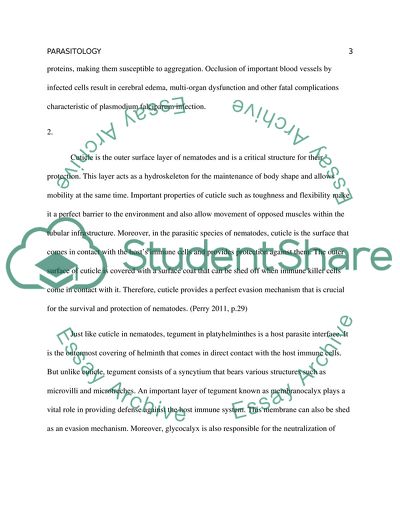Parasitology Essay Example | Topics and Well Written Essays - 500 words - 1. https://studentshare.org/medical-science/1792126-life-cycle-of-plasmodium-falciparum
Parasitology Essay Example | Topics and Well Written Essays - 500 Words - 1. https://studentshare.org/medical-science/1792126-life-cycle-of-plasmodium-falciparum.


